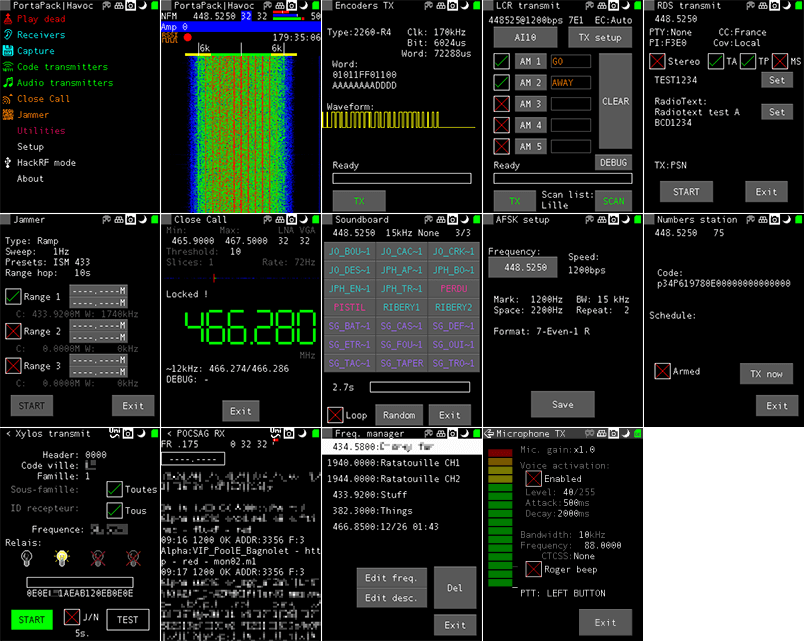- Hackrf Tools Download Windows
- Hackrf One Windows Drivers
- Hackrf One Windows 10
- Hackrf One Windows Driver
- Hackrf One Windows Drivers
If you are using Windows XP, download and run theXP version from this page. In Zadig, go to “Options-List All Devices” and make sure this option is checked. Select “ Bulk-In, Interface (Interface 0) ” or HackRF one from the drop down list. Ensure that WinUSB is selected in the box next to where it says Driver. However, I discovered that for HackRF One, the bandwidth of the virtual USB port is simply not enough. While you can in fact use the HackRF inside a virtual Linux box, performance is not ideal. It does work, but don't expect to TX/RX the full 20MHz. When first plugging in the HackRF One, run Zadig and install the WinUSB driver when selecting the HackRF One After the installation steps in the list above, it is as easy as opening up GNU Radio Companion and following the steps laid out by Michael to create your first FM Radio. I tryed to make a driver for the HackRF with the DLL but some mistakes appears. Labview don't understand the structure device, and give me an empty cluster in the 'hackrfdevice'. Sans titre.jpg 141 KB. From the options menu, select 'List All Devices'. Then from the drop-down list, select 'HackRF One'. (4) Since I have already installed the WINUSB driver for RTL-SDR, I don't have to do anything here. It shows that the driver is the latest already. In case you don't have that option, go ahead and click 'Install Driver' to install the WinUSB driver.
Hi,So finally I got my very own HackRF One!

The problem is that I currently have only Windows 10 installed on my computers, because most programs I use, are only available for this operating system.
For the casual Linux use, I droped having a dedicated Linux partition and instead started to use Ubuntu inside a virtual machine. Using the free VirtualBox has been a great experience, as it works really well.
However, I discovered that for HackRF One, the bandwidth of the virtual USB port is simply not enough. While you can in fact use the HackRF inside a virtual Linux box, performance is not ideal. It does work, but don't expect to TX/RX the full 20MHz.
I tried my luck with Pentoo, a Linux distribution on DVD that has everything radio related pre-installed. It does work, but again there was a slight annoyance: I am used to my SSD, which is really fast and I use three monitors to have plenty of desktop space. With Pengoo, everything loads from DVD and that is really slow! Also, all three monitors show the same content with a lower resolution that would be possible.
Hackrf Tools Download Windows
And so I ended up giving GNU Radio for Windows a shot and guess what: it works actually amazingly well!
How to set it up? Look here: https://wiki.gnuradio.org/index.php/WindowsInstall
And yes, you get FULL HackRF One support, commands like 'hackrf_transfer' are available and work.
I did a first test with my new HackRF One and this image shows the capture of a few seconds of just 2MHz:
Soon I ended up recording 20MHz bandwidth (basically the whole FM band in one go) and then transmitted it at 160MHz centre frequency... Why? Because I can!
The spectrum analyzer shows how it looks like...
Hackrf One Windows Drivers
...and my Uniden Bearcat UBC9000XLT could perfectly receive the relayed FM stations! Simply amazing!Now I need to learn more about GNU Radio - it is an amazing piece of software!
So here is a prrof of concept that you can use the HackRF One with Windows, as opposed to basically all quick start instructions I have found.
Hackrf One Windows 10
Cheers,Hackrf One Windows Driver
Hackrf One Windows Drivers
Vitor